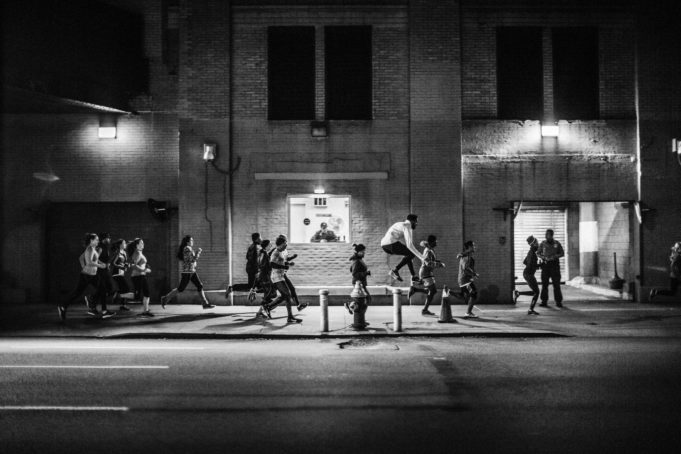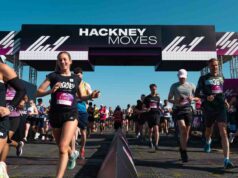For many of us, February can be a really tough month, particularly if we are training for an endurance event like a Spring marathon. As our training loads increase, we find ourselves having to juggle an increasingly congested training plan with other social, work and family commitments. This can mean that recovery is overlooked in order to ‘fit in’ that extra training session. To be successful in sport, it’s important that your training should be structured in a way that will optimise performance. Training programmes are defined by volume (how much), intensity (how hard) and frequency (how often) and it’s these variables that determine the way your body adapts to training.
So, how do we structure training to maximise effort but still gain a sense of enjoyment and well-being? In other words, how do we find that balance between training hard and recovery?
It’s generally accepted that we all need to train hard in order to improve. However, the relationship between training load (i.e. the amount we train) and performance is individual. Recreational athletes that may be new to a sport like running tend to have smaller training loads but benefit from large improvements in performance. As an example, someone new to running could reasonably be able to complete a ‘couch to 5k’ course in a relatively short period of time. For someone that may not have run since school, this is a significant achievement following a relatively small training load. Conversely, more experienced athletes will require higher training loads in order to cause small increases in performance (Fisher & Gooderick, 2011 & Budgett, 1998). These improvements in performance, however big or small, are the result of adaptations to your body and its response to exercise. This adaptation process relies on a sufficient, and regular, training stimulus to bring about a physiological change (ACSM, 2010). In other words, we need to train above a certain ‘threshold’ level in order to overload the body, make ourselves feel tired and activate our physiological repair mechanisms. For a runner, this may mean increasing the duration/intensity of your training sessions whilst for a strength athlete, it may mean increasing the number of sets or reps in the gym.
The acute fatigue (tired legs, sore muscles!) experienced during periods of overload training is only to be expected and with adequate recovery, it will disappear and your body will adapt to the increased training load (Fisher & Gooderick, 2011). Recovery should therefore be the ‘bedrock’ of any training programme. People are often tempted to skip a rest day as a result of missed training. If you continue to train when tired, your body will suffer increasing levels of stress which could lead to further fatigue, over-reaching (short term excessive training), possible over-training and under-performance. We then find ourselves in a vicious circle where training is increased in reaction to under-performance rather than increasing the recovery period.
The best way to ensure sufficient recovery is to take a cyclical approach to your training. If you haven’t done so already, it’s not too late to apply a simple four week cycle to your existing training plan. For example, training volumes/intensity should gradually increase for the first three weeks (medium, medium, high load) resulting in periods of overreaching in week three. The heavy training week is required in order to ensure there is sufficient ‘overload’ to promote adaptation and enhance future performance. During these periods of functional overreaching in the third week, you may experience a reduction in performance before a recovery phase in the fourth week. This cyclical approach will help ensure you have adequate recovery to balance the overload period whilst minimising any detraining effect.
To conclude, periods of heavy training are required in order to achieve increased levels of performance. However, this increased performance can only be achieved if you have a well-structured training plan that balances heavier training weeks (overload) with adequate recovery. Finally, your training philosophy should never compromise quality for quantity. If you feel too tired to train at the appropriate intensity, take a rest rather than complete the session sub-optimally.
About the Author:
John Feeney graduated in Sports Science from the University of Portsmouth.This really opened his eyes to elite sport and the provision of sports science support. He has since completed his MSc in Applied Exercise Physiology at the University of Brighton specialising in the management of fatigue in triathlon and environmental physiology. Having participated in and coached endurance sport for a number of years, John decided to establish a consultancy with the aim to improve athletic performance by delivering accessible sports science support. His vision is to provide a range of practical sports science solutions enabling all athletes, from novice to elite, to strive for excellence and achieve their performance goals and aspirations.






